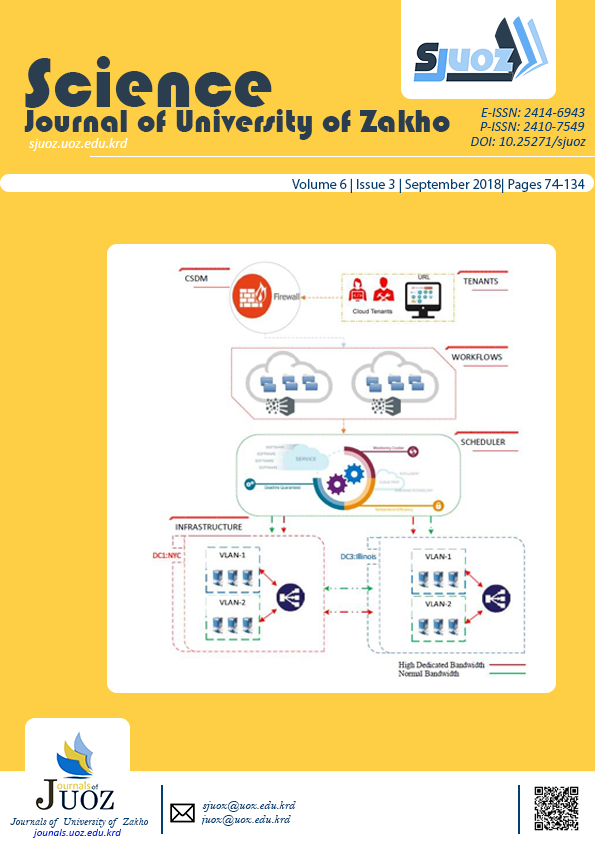Preparation of Activated Carbon from Helhelok Stones by Chemical Activation
Abstract
In his study activated carbon was prepared from Helhelok stones as a raw material by using chemical activation with zinc chloride (ZnCl2) as a chemical agent with the concentration 40% for 25h at (25⁰C±2). The optimum conditions were approved in having carbonization temperature 400ᵒC for 1h to get a maximum percentage of yield 56%. Other properties of the prepared activated carbon were also studied such as pH, ash content, density, moisture content, conductivity, iodine number and methylene blue dye absorbance. Eventually the prepared activated carbon in this work has obtained good characteristics that make it play an essential role in industrial uses and compared it with commercial standard sample from B. D. H Company.
Full text article
Authors
Copyright (c) 2018 Alarqam Z. Tareq, Mohammed S. Hussein, Pyman A. Abdujabar

This work is licensed under a Creative Commons Attribution 4.0 International License.
Authors who publish with this journal agree to the following terms:
- Authors retain copyright and grant the journal right of first publication with the work simultaneously licensed under a Creative Commons Attribution License [CC BY-NC-SA 4.0] that allows others to share the work with an acknowledgment of the work's authorship and initial publication in this journal.
- Authors are able to enter into separate, additional contractual arrangements for the non-exclusive distribution of the journal's published version of the work, with an acknowledgment of its initial publication in this journal.
- Authors are permitted and encouraged to post their work online.
